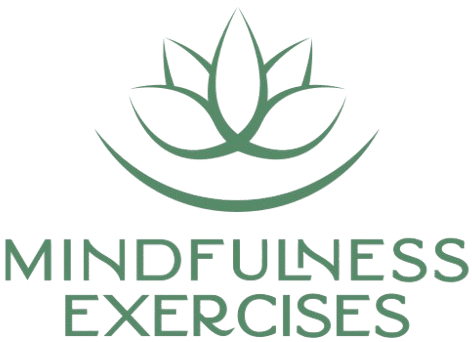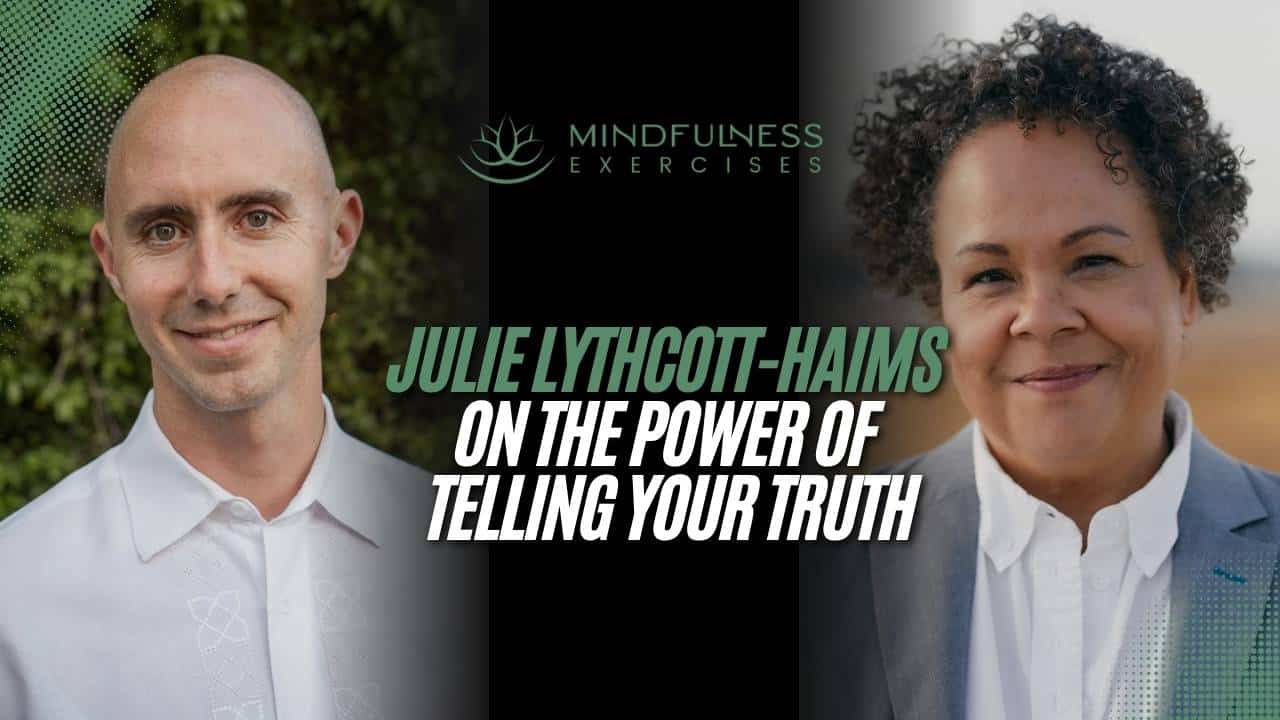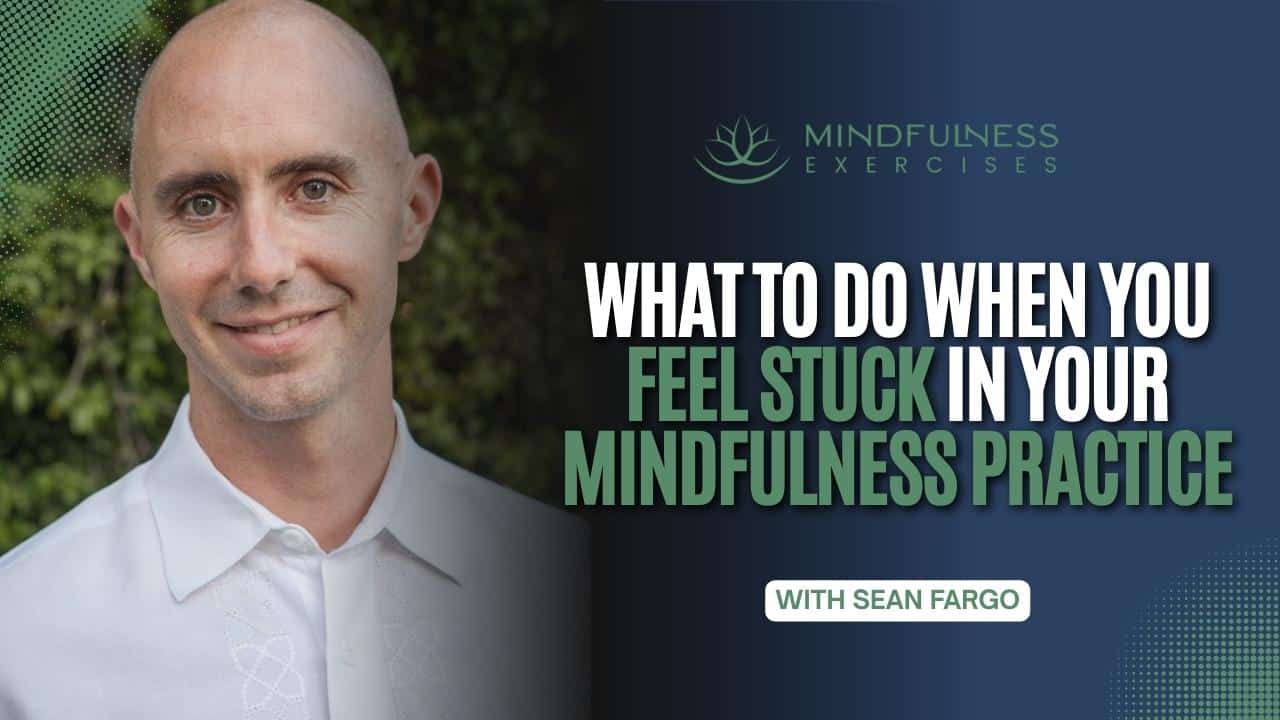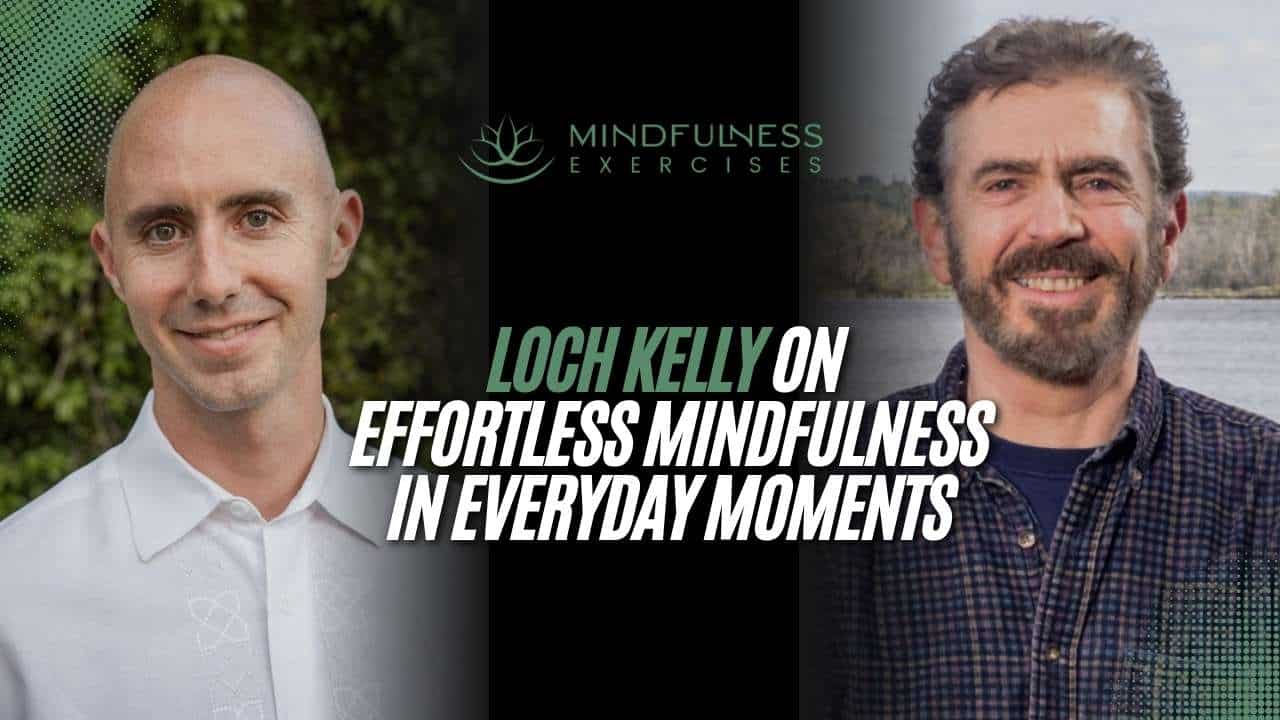Listen now
Teaching mindfulness and meditation can feel intimidating at first. Many compassionate people want to help others live with more calm, clarity, and presence—but often struggle with self-doubt, fear of judgment, or imposter syndrome.
The good news is that anyone with sincerity, care, and the right tools can learn to teach mindfulness confidently and effectively. Drawing from my years as a Buddhist monk and as founder of MindfulnessExercises.com, I’ve discovered eight key aspects that every great mindfulness teacher develops.
Whether you’re a therapist, coach, yoga instructor, or wellness professional, these principles will help you share mindfulness with authenticity, compassion, and professional credibility.
Sponsored by our Mindfulness Meditation Teacher Certification Program
MindfulnessExercises.com/Certify

The Foundation of Every Mindfulness Teacher: Compassion
The essence of teaching mindfulness isn’t technique—it’s compassion.
When I first learned meditation from a Taoist hermit named Wei in the forests outside Beijing, I struggled to sit still and face my inner discomfort. But Wei’s compassionate presence showed me that the real practice was not to escape difficulty but to meet it with kindness.
This same compassion is the foundation of every effective mindfulness teaching. True mindfulness teachers model kindness instead of judgment, connection instead of isolation, and presence instead of avoidance.
“It takes great courage to look within and be with yourself for a little while.” — Wei
Overcoming Self-Doubt and Imposter Syndrome
Almost every mindfulness teacher I’ve met—including myself—has faced the fear of not being “ready.” As a young monk, I worried what people would think: “Who am I to teach mindfulness?”
But through mindful awareness, I learned to bring compassion even to my fears. Eventually, I realized:
“If people are suffering and I know ways to help them, who am I not to help them?”
To move from fear to service:
- Notice fear in the body—heat, tightness, butterflies—and breathe with it.
- Remember your motivation to help.
- Let go of perfection. Mindfulness teaching is about sincerity, not mastery.
Introducing Mindfulness Simply and Experientially
When I first taught in San Quentin Prison, I learned a vital truth: people don’t need theories—they need experiences. You can’t describe the taste of an apple; you must bite it.
Start every introduction with simple, direct practice, a few mindful breaths, or noticing sounds, sensations, and emotions. Welcome skepticism and meet people where they are. Keep your teaching experiential, not conceptual.
A helpful structure is Story → Teach → Tool:
- Tell a relatable story.
- Share the insight or principle.
- Offer a practical mindfulness tool to try.
Making Mindfulness Practical and Relevant
Mindfulness teaching is most powerful when it meets people in their real-world challenges.
Before teaching, prepare by understanding your audience’s demographics, struggles, and goals. While teaching, listen and adjust your examples to their lived experience. After teaching, ask for feedback—both qualitative (“What stood out?”) and quantitative (“How would you rate your focus from 1–10?”).
This prepare–listen–ask approach will make your mindfulness teaching more effective, empathetic, and measurable.
Use Proven Templates and Accredited Credentials
When I began teaching mindfulness professionally, I invested in certification programs at New Ventures West and Google’s Search Inside Yourself. These trainings were invaluable—but also expensive and inaccessible for many.
That’s why I developed the Mindfulness Meditation Teacher Certification: a globally accredited, self-paced program that distills the best of these teachings into a clear, supportive framework at a fraction of the cost.
Templates, frameworks, and accreditation give teachers both structure and credibility, opening doors in workplaces, wellness centers, and beyond.
Guiding Meditations Authentically and Creatively
When leading guided meditations, don’t try to sound like another teacher. Find your own voice.
Before recording or teaching:
- Meditate first. Presence is contagious.
- Speak slowly from the heart, not from the head.
- Guide from embodied awareness—mindfulness is not “brainfulness.”
A simple meditation structure:
- Welcome and intention
- Grounding in body and breath
- Open awareness to sensations, thoughts, and emotions
- Self-compassion or loving-kindness
- Closing reflection and intention
Consistency and authenticity make your guidance resonate deeply.
Trauma-Sensitive Mindfulness: Keep It Safe
Mindfulness isn’t always easy—especially for those who’ve experienced trauma.
When guiding practice:
- Offer options. “If this feels too intense, open your eyes or shift attention to a safe sensation.”
- Emphasize choice and self-agency.
- Avoid forcing introspection or deep emotional recall.
- Learn from experts like David Treleaven (Trauma-Sensitive Mindfulness) or Peter Levine (Waking the Tiger).
Always remind participants that mindfulness complements therapy but does not replace it.
The Power of Community and Ongoing Practice
No one becomes a great mindfulness teacher alone. As I learned from senior monks and teachers at Spirit Rock, community—or sangha—is everything.
That’s why we created Connect, a supportive global community where mindfulness teachers can:
- Practice teaching and receive feedback
- Join live group coaching and Q&A sessions
- Learn from leading experts like Gabor Maté, Sharon Salzberg, Rick Hanson, and Byron Katie
- Access teaching opportunities and resources
“If you want to go fast, go alone. If you want to go far, go together.”
Ready to Deepen Your Practice and Share It with Others?
If you feel called to help others through mindfulness, you don’t need to wait for the “perfect” moment or more credentials to begin. You can start now—with guidance, structure, and community support.
Our Mindfulness Meditation Teacher Certification offers:
- 80 hours of self-paced study
- Live mentorship and practice sessions
- 200 guided meditation scripts & 300 mindfulness worksheets
- Trauma-sensitive training
- Lifetime access, no renewal fees
- International accreditation (CPD & IMMA)
Start anytime. Study at your own pace. Teach with confidence, compassion, and credibility.



